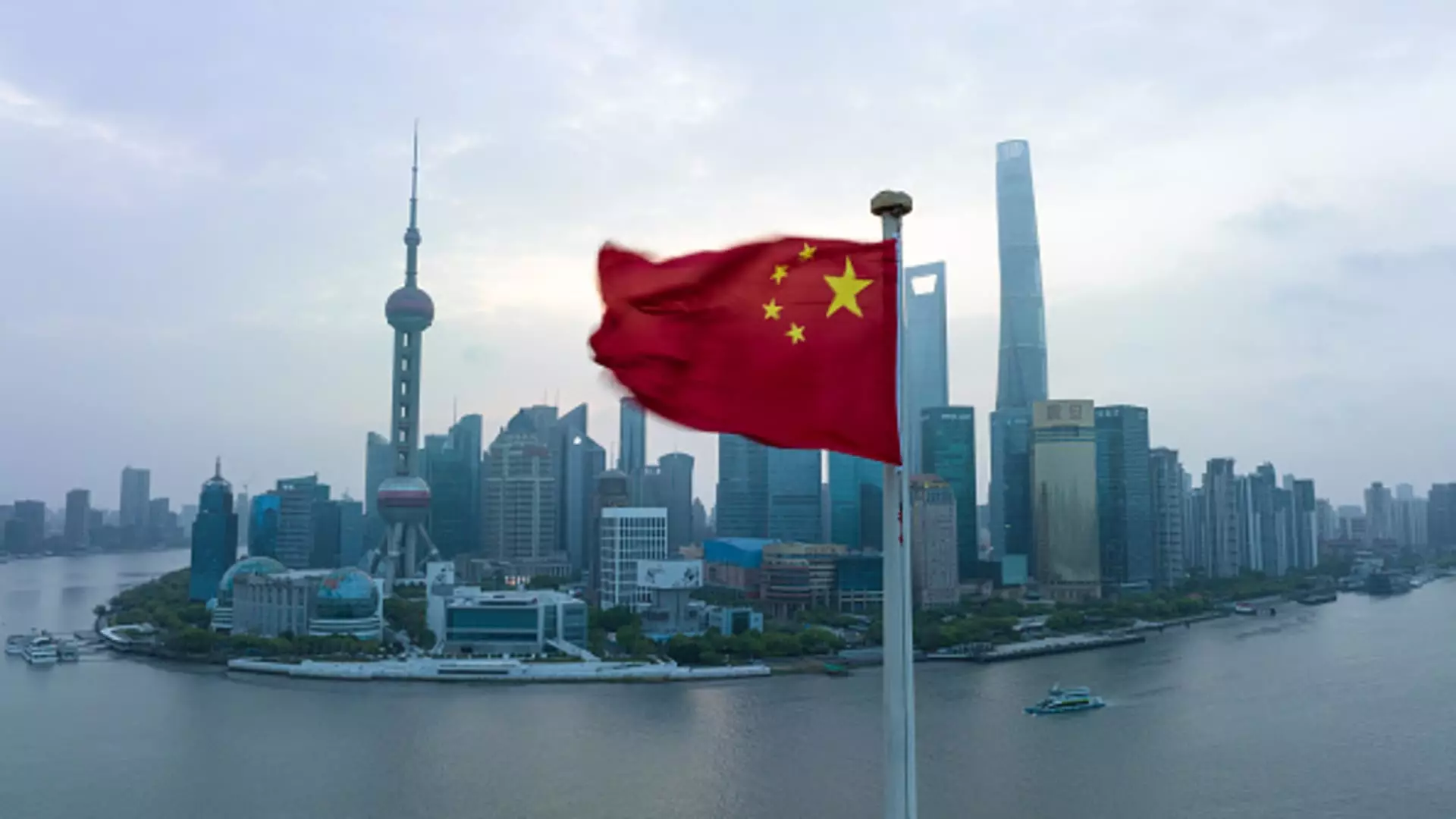In recent years, the landscape of Chinese companies has undergone a seismic shift towards greater investor friendliness, exemplified by unprecedented dividend payouts and share buybacks. These maneuvers are not only a response to market conditions but also a reflection of a broader transformation within corporate governance. The Chinese business environment is rapidly evolving, focusing on enhancing returns for shareholders, which signals a notable departure from traditional strategies aimed solely at reinvestment.
According to data from the China Securities Regulatory Commission (CSRC), Chinese companies disbursed a staggering 2.4 trillion yuan (equivalent to approximately $328 billion) in dividends last year. This figure indicates a burgeoning recognition among firms of the need to reward investors adequately. Furthermore, companies have engaged in share buybacks to the tune of 147.6 billion yuan, a historic benchmark for the market. Financial institutions like Goldman Sachs have opined that cash distributions in 2024 could soar to a groundbreaking 3.5 trillion yuan, reinforcing the trend of increasing shareholder payouts.
Market watchers, such as HSBC’s Asia equity strategist Herald van der Linde, suggest this shift represents a paradigm change in corporate philosophy. With deposit rates from banks yielding minimal returns, companies are compelled to return excess cash to shareholders. This newfound approach not only stresses the importance of shareholder value but foreshadows a sustained trend in dividend disbursements. Projections indicate that over 310 firms might distribute dividends totaling 340 billion yuan in just the early months of 2024, reflecting both a quantitative and qualitative leap in corporate payout behaviors.
The Chinese government is actively steering this corporate pivot through various initiatives aimed at creating a more shareholder-friendly environment. Tax incentives for higher payouts, along with recently introduced regulations that tighten listing standards and curb unlawful share sales, are pivotal in elevating corporate efficiency. Moreover, the central bank’s introduction of a 300 billion yuan relending program aims at facilitating further buybacks, thus emphasizing the administration’s commitment to recalibrating the corporate landscape towards greater transparency and accountability.
State-owned enterprises (SOEs) appear to be particularly adept at leveraging government incentives to bolster dividend distributions. Notable examples include PetroChina and CNOOC Group, both of which have reported impressive dividend yields around 8% and 7.54%, respectively. This dynamic underscores a robust alignment between state-driven agendas and corporate strategies, signaling that when directives are issued, SOEs typically respond promptly, enhancing corporate governance structures and shareholder returns as a result.
Despite these advancements, China’s dividend payout ratio, presently at 52.58%, still trails behind several of its Asian counterparts like Australia (89.2%) and Singapore (78.13%). This discrepancy emphasizes potential areas for growth in dividend distributions, suggesting that while progress has been made, there remains significant room for enhancement in directly rewarding shareholders. It also presents a challenge to Chinese companies to better align their governance practices with those of more established markets, fostering an environment where investor satisfaction is deeply ingrained in corporate culture.
While higher dividend payouts resonate positively with domestic investors, who face limited avenues for productive asset allocation, concerns surrounding capital flight toward offshore markets loom large. Indeed, as local investors seek better opportunities, increased cash outflows could strain the Chinese yuan. Economic sentiment has been generally pessimistic in recent years, leading to a dwindling confidence in recovery trajectories for equity valuations. Analysts like Shaun Rein suggest that dividends act as a compensatory mechanism, incentivizing investors to maintain their positions despite a stagnant market.
The current wave of substantial dividends and share buybacks represents a confluence of strategic corporate governance and transformed investor expectations within China. The systematic push towards improved shareholder returns not only fosters immediate confidence among investors but could also generate long-term value for the market as governance practices evolve. As firms navigate this broad transformation, the successful integration of dividend policies could mark a pivotal turning point in shaping the future of investment in China, heralding a new era centered on aligning priorities towards more robust investor satisfaction and engagement.

